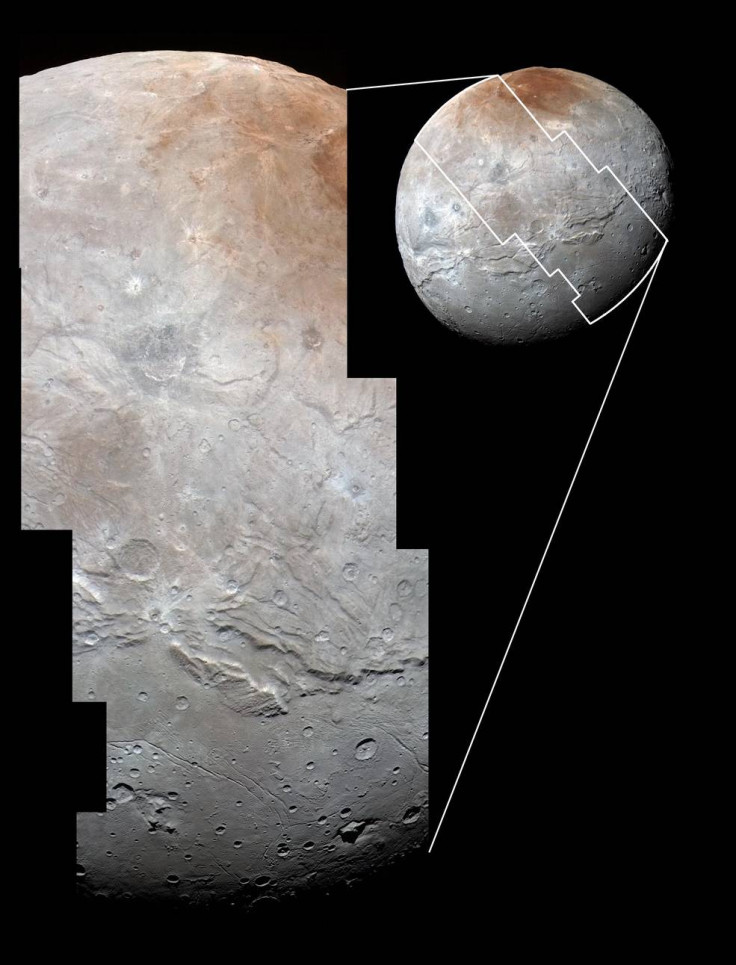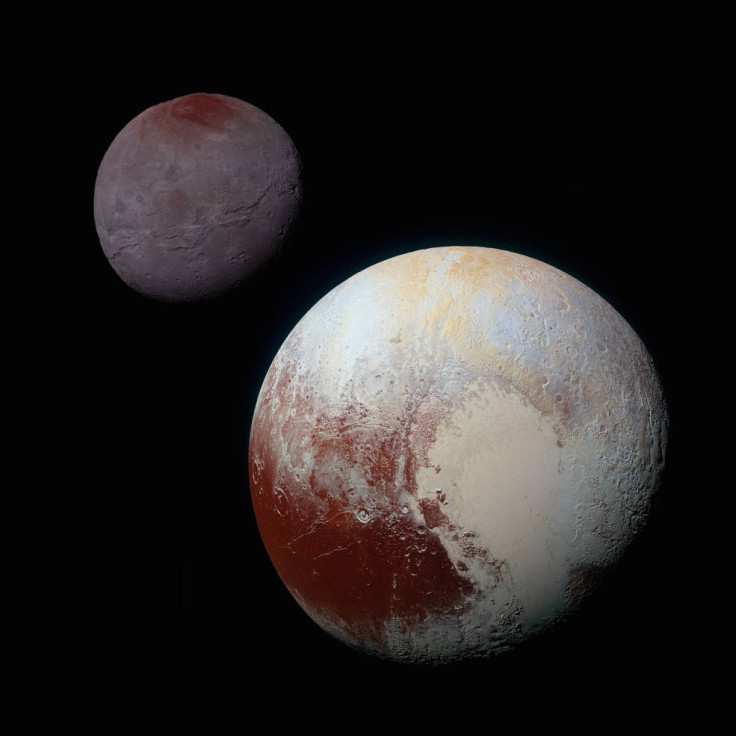Photos show Pluto's moon covered in mountains and canyons [Video/Photos]
Nasa has released new, high resolution photos of Pluto's largest moon, Charon, taken by the New Horizon spacecraft. According to Nasa and Seti scientists, the photos reveal a surprising and unexpected history of the territory. They show Charon is covered with mountains, canyons, landslides and other geographical markers.

Of particular interest is a large canyon system stretching across the entire visible face of the moon and probably beyond, into Charon's far side. The canyon stretches for over a thousand miles, making it four times the size of the Grand Canyon and twice as deep. The canyon indicates an immense geological upheaval in Charon's history.

South of the canyon lies another notable landmark – the Vulcan Planum, which is a series of smooth plains with faint ridges and grooves. The southern region contains fewer craters than the northern region, which scientists say indicates a wide-scale resurfacing.
Higher-resolution images of Charon and composition data are expected to continue to arrive to Earth throughout the year, as New Horizons continues to transmit the data stored in its' digital recorders.

The New Horizons spacecraft transmitted the latest photos of Charon on 21 September but the photos were taken on 14 July, when the spacecraft flew near Pluto. New Horizons is currently 3.1bn miles away from Earth.
© Copyright IBTimes 2025. All rights reserved.






















